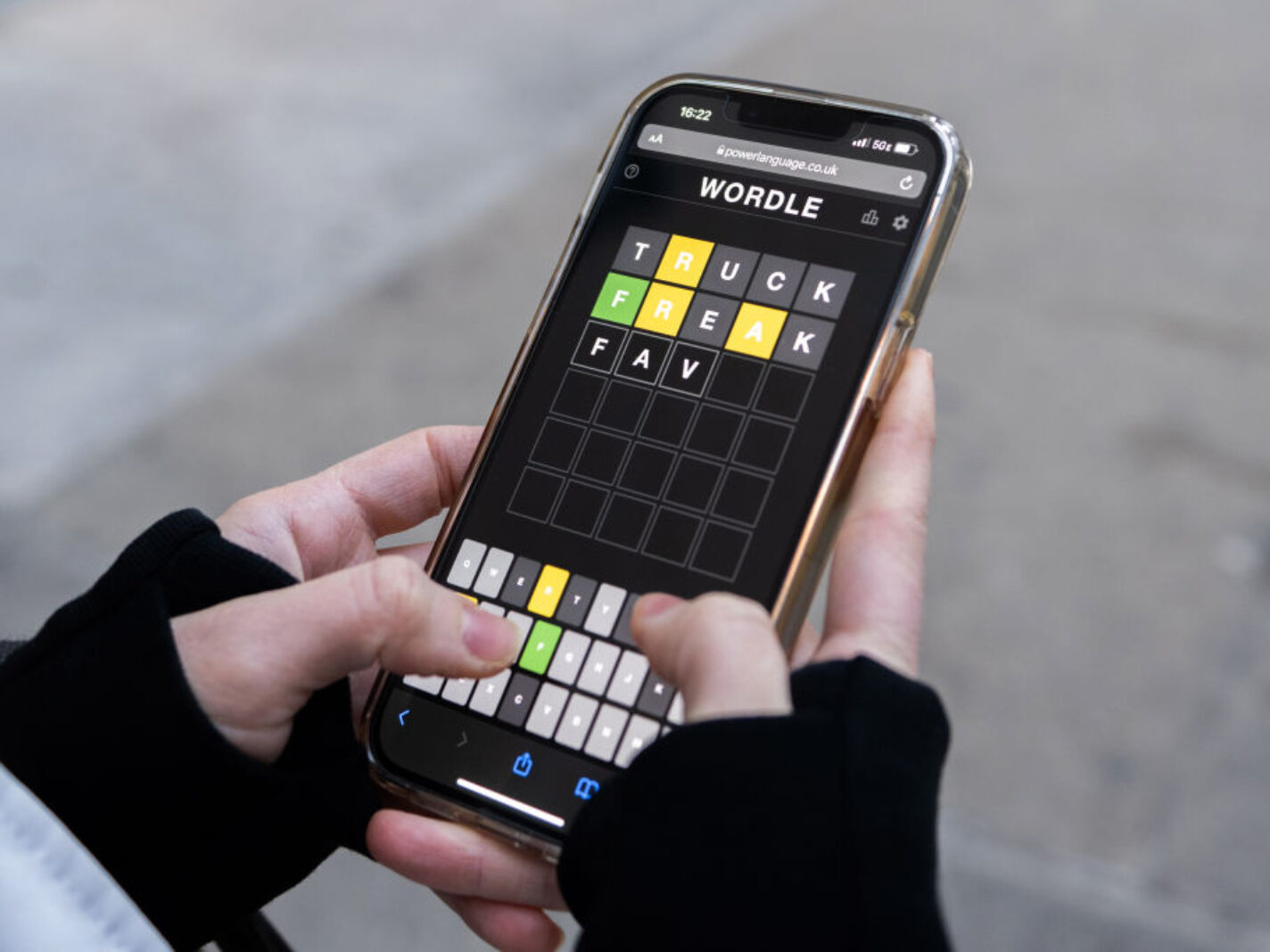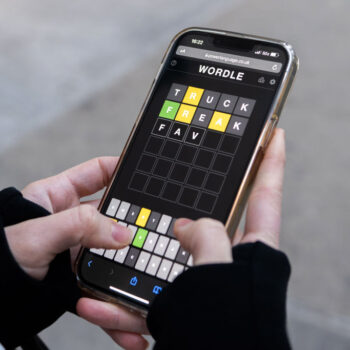Being bilingual has many advantages. Here’s another: You can play Wordle twice a day instead of only once.
If you’re a fan of the online word game that has become a phenomenon in recent weeks, there is also a Spanish version you can play. The version isn’t part of the official game, which was created by Josh Wardle and recently purchased by The New York Times, but the rules are basically the same. Now, however, you can choose an Ñ.
Along with a Spanish version, there are other spin-offs like Wordles in French, Italian, Portuguese and other languages. There are also Wordles created specifically for fans of Harry Potter (Hogwartle), Taylor Swift (Taylordle), geography nerds (Worldle) and for players who like to drop F-bombs (Sweardle).
If you’ve never played Wordle before but are curious why some of your friends are posting their results on social media, here’s a quick overview.
The object of Wordle, which is only updated with a new game once a day, is to guess a five-letter word. A player has six attempts to figure out the word. Each letter chosen per attempt is marked by a colored tile. A green tile means that a letter is part of the correct answer and in the correct position. A yellow tile means that a letter is part of the correct answer but is in the incorrect position. A gray tile means a letter is not a part of the correct answer. Easy enough, right?
For example, if your first guess is CHART and the correct answer is CARTS, the “C” tile would turn green; the “A,” “R” and “T” tiles would turn yellow; and the “H” tile would turn gray. It’s the same for words in the Spanish version.
Bottomline: también puedes ser un nerd en español.




